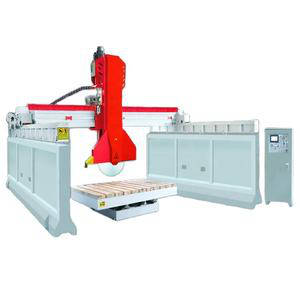The Releated Products of Off Cut Quartz
Off Cut Quartz
Table of Contents
Understanding Off Cut Quartz: A Sustainable Choice for Your Projects
In the world of construction and interior design, the demand for sustainable materials continues to rise. Among these options, off cut quartz has emerged as a practical and eco-friendly solution. This article delves into the benefits, applications, and sustainability aspects of using off cut quartz in various projects.
What Are Off Cut Quartz Pieces?
Off cut quartz pieces refer to remnants left over from larger cutting projects. These remnants can vary widely in size and shape, depending on the original slab’s dimensions and the specific cuts made during fabrication. Rather than discarding these valuable materials, many manufacturers and designers have begun repurposing them for smaller projects, thereby reducing waste and costs.
Benefits of Using Off Cut Quartz
The primary benefit of utilizing off cut quartz lies in its cost-effectiveness. Since these pieces are often sold at a discount compared to full slabs, they offer significant savings without compromising on quality or aesthetics. Additionally, incorporating off cut quartz into your designs promotes sustainability by minimizing material waste—a critical consideration in today’s environmentally conscious market.
Applications of Off Cut Quartz in Design
From kitchen countertops to bathroom vanities and decorative accents, the versatility of off cut quartz makes it suitable for a wide range of applications. Its durability and resistance to scratches, stains, and heat make it an ideal choice for high-traffic areas within homes and commercial spaces. Furthermore, the unique patterns and colors available in quartz allow for creative expression and customization, enhancing the overall aesthetic appeal of any project.
Sustainability and Environmental Impact

One of the most compelling reasons to choose off cut quartz is its positive impact on the environment. By reusing these remnants, we significantly reduce the amount of waste generated during production processes. This approach aligns well with broader efforts towards circular economy principles, where resources are kept in use for as long as possible. Moreover, it encourages a mindset shift towards valuing and maximizing the utility of existing materials rather than constantly seeking new ones.
Cost Savings with Off Cut Quartz
While cost savings are undoubtedly a key advantage of using off cut quartz, it’s important to note that these savings extend beyond just financial benefits. They also encompass the reduced environmental costs associated with producing new materials. When businesses and individuals opt for off cuts, they contribute to lowering the carbon footprint linked to manufacturing activities, thus supporting more sustainable practices across industries.

Sourcing High-Quality Off Cut Quartz
To ensure you’re getting the best value from your investment in off cut quartz, it’s crucial to source these materials from reputable suppliers who prioritize quality and sustainability. Look for companies that have established systems for tracking and managing their inventory of remnants efficiently. Such organizations not only guarantee the integrity of the products they offer but also demonstrate a commitment to responsible resource management.
Conclusion
As awareness grows around the importance of sustainable practices in all sectors, the use of off cut quartz presents a compelling opportunity for both economic and environmental gains. Whether you’re an architect designing a new building or a homeowner looking to renovate your space, considering this option can lead to beautiful, functional results while contributing positively to our planet’s health. Embracing the concept of repurposing off cuts not only helps conserve resources but also fosters innovation and creativity in design and construction.
Request for Quotation
报错: 未找到这个表单





